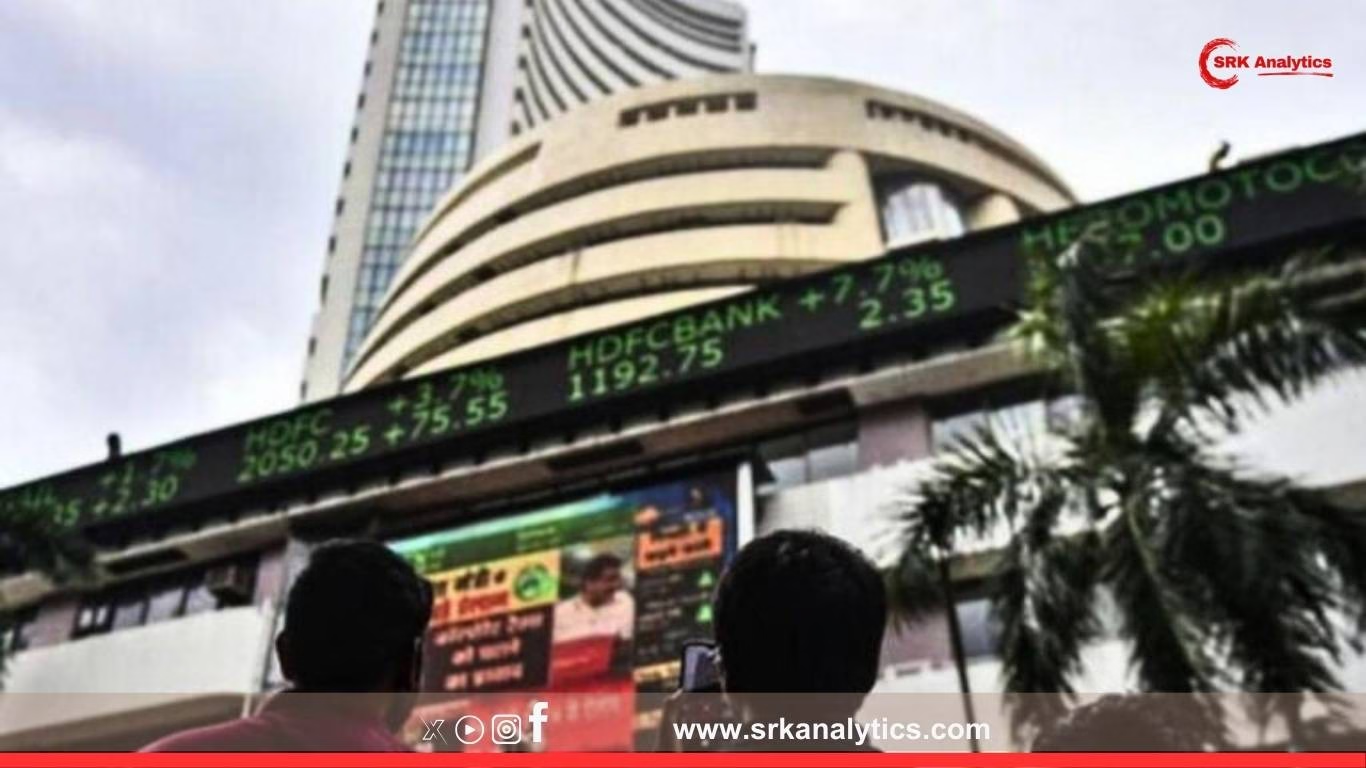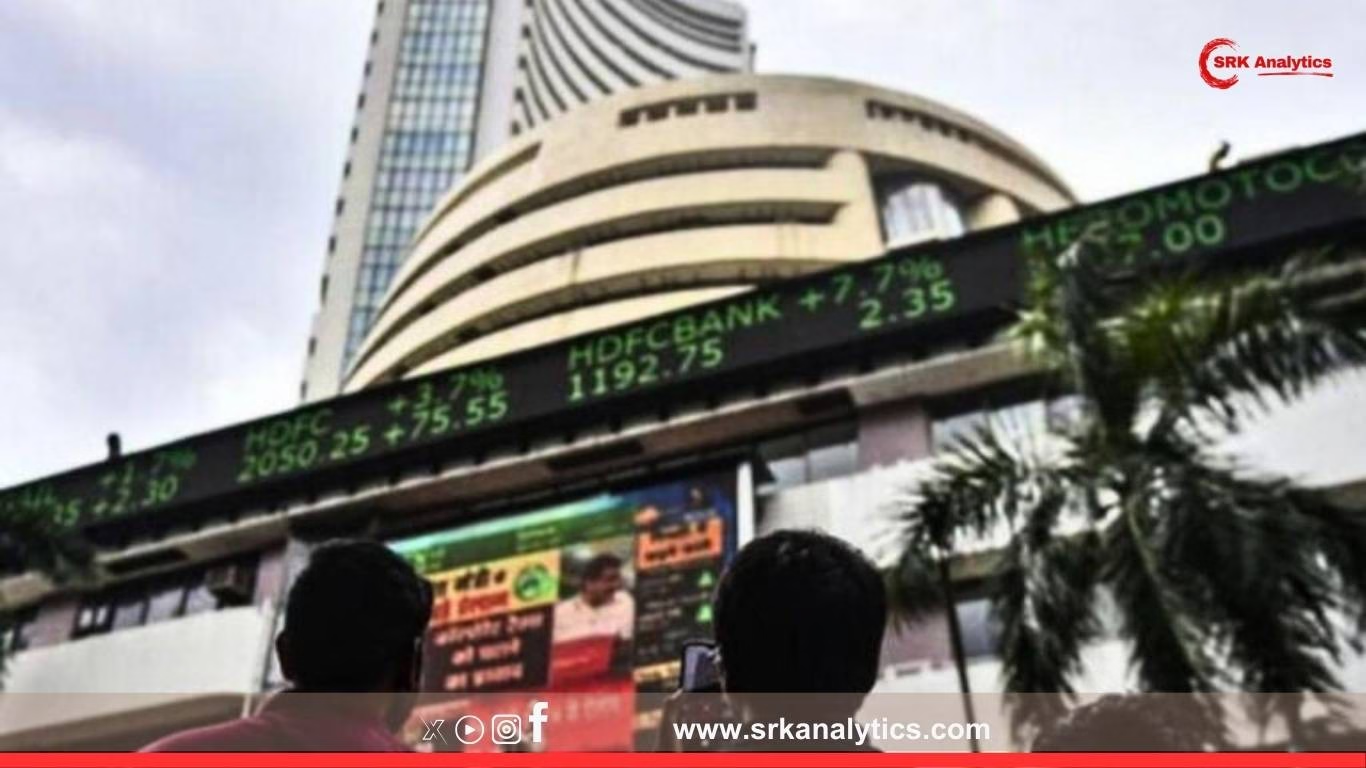Paytm’s dramatic journey in 2025 continues to test investors’ nerves. After delivering a stunning 164% rally in 2024, shares of One97 Communications Ltd (Paytm) have slipped ~9% in the first half of calendar year 2025 (H1CY25) amid regulatory clampdowns, merchant base disruptions, and muted revenue guidance. As H2 approaches, investors are asking – will it be a comeback story, or is caution warranted?
Paytm Stock Performance Snapshot
| Period | Closing Price (INR) | % Change |
|---|---|---|
| Dec 29, 2023 | 580 | – |
| Dec 31, 2024 | 1530 | +164% |
| Jun 28, 2025 | 1390 | -9.2% YTD |
Source: NSE data
Key Reasons Behind H1CY25 Decline
- RBI’s Ban On Paytm Payments Bank (PPBL):
The Reserve Bank of India’s ban on PPBL from onboarding new customers effective March 15, 2025, citing persistent compliance issues, dented sentiment severely, despite Paytm’s pivot to alternate banking partners like Axis Bank and HDFC Bank. - Merchant Ecosystem Disruption:
Analysts note merchant payments revenue slowed as PPBL’s digital banking integration formed ~20% of total merchant transactions, requiring large-scale migration. - Muted Q4FY25 Results:
Revenue grew 14% YoY to Rs 2,850 crore but missed consensus estimates due to weakness in device rentals and payments processing. - Leadership Reorganisation:
Founder Vijay Shekhar Sharma stepped back as part-time chairman of PPBL to comply with RBI directions, creating perceptional risks over Paytm’s governance stability.
Segment-Wise Financial Performance (Q4FY25)
| Business Segment | Revenue (Rs crore) | YoY Growth (%) | % Of Total Revenue |
|---|---|---|---|
| Payments | 1,730 | +11.2 | 60.7 |
| Financial Services & Loans | 710 | +18.6 | 24.9 |
| Commerce & Cloud | 410 | +21.3 | 14.4 |
| Total | 2,850 | +14.0 | 100 |
Investor Sentiment Analysis
While long-term bulls remain hopeful, near-term headwinds have prompted cautious ratings from brokerages:
| Brokerage | Recommendation | Target Price (INR) | Key Rationale |
|---|---|---|---|
| Macquarie | Underperform | 1100 | Regulatory uncertainty, weak merchant growth |
| Jefferies | Hold | 1500 | Awaiting clarity on payments bank transition |
| JM Financial | Buy | 1650 | Strong consumer brand, long-term fintech upside |
Analyst Views
Suresh Ganapathy, Macquarie Capital:
“The core payments business is profitable, but banking restrictions affect merchant and wallet flows. Near-term visibility remains low.”
Rahul Jain, Dolat Capital:
“Paytm’s fintech platform remains structurally strong. Execution of new banking partnerships will determine H2 revival.”
Key Positives For H2CY25 Comeback
- Partnerships With Axis, HDFC, SBI:
Paytm is rapidly migrating wallet KYC and merchant settlements to partner banks, with early success in UPI PSP functionalities. - Lending & Financial Services Growth:
Disbursals grew 21% YoY in Q4FY25, with personal loans and merchant credit lines driving incremental revenue. - Device Base Expansion:
Active merchant devices (Soundbox & card machines) crossed 87 lakh, supporting cross-sell monetisation despite PPBL disruption. - Cost Rationalisation:
The company reduced employee costs by ~6% sequentially in Q4, boosting operating leverage as payment margins remain thin.
Paytm’s Merchant Base Transition Plan
| Segment | Previous Bank | New Bank Tie-Up | Migration Status (June 2025) |
|---|---|---|---|
| Wallets | PPBL | Axis Bank, SBI | 78% completed |
| UPI PSP | PPBL | Yes Bank, HDFC | 82% completed |
| Merchant Settlements | PPBL | HDFC Bank | 65% completed |
Company filings indicate full transition is targeted by July-August 2025.
Sector Context: Digital Payments Growth
The digital payments sector continues to grow at ~19-21% CAGR, with UPI monthly transactions crossing 14 billion in May 2025. Despite new competitors like PhonePe, Google Pay, BharatPe, and WhatsApp Pay increasing market share, Paytm retains:
- ~14% UPI market share by volume
- Largest merchant Soundbox base in India
Potential Risks For H2
- Full Impact Of PPBL Exit:
Analysts warn possible merchant attrition if migration experiences delays or technical glitches. - Regulatory Overhang:
Any further RBI action on the broader One97 ecosystem could dent trust and hamper monetisation. - Competitive Pricing Pressures:
High incentives by PhonePe and Google Pay remain a challenge for margins.
Paytm’s H2 Strategy Roadmap
- Enhancing Financial Products: Expand small-ticket merchant loans and co-lending products via non-bank partners.
- UPI Lite and Credit On UPI: Push new RBI-enabled UPI credit offerings to boost transaction revenues.
- Offline Merchant Integration: Introduce AI-based QR-linked billing solutions for small retailers.
- Focus On Profitability: Target operational breakeven at consolidated PAT level by FY26, ahead of earlier FY27 guidance.
Conclusion
From a 164% stellar rally in 2024 to a 9% slide in H1CY25, Paytm’s journey reflects India’s high-growth yet regulatory-intensive fintech sector. As the company navigates banking partnership transitions and revenue diversification strategies, H2CY25 could prove decisive for regaining investor confidence.
Whether it will be a “Paytm Karo” moment or “think twice” caution in the coming quarters depends on execution clarity, regulatory outcomes, and sustained merchant trust.
Disclaimer:
This article is based on public market data, brokerage reports, and company filings. It is intended for informational purposes only and does not constitute investment advice. Readers are advised to consult SEBI-registered advisors before making financial decisions.











